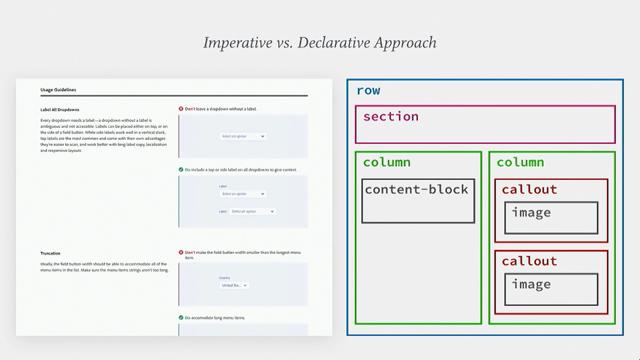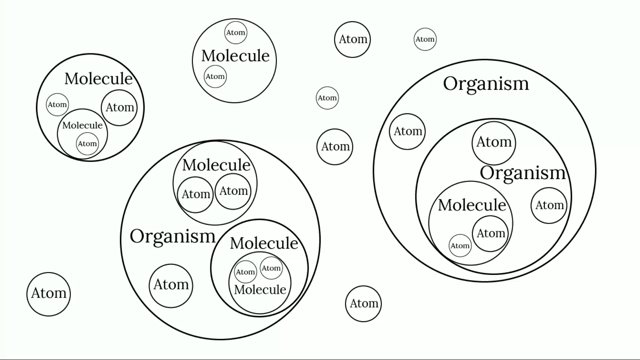The hidden cost of design system entropy
July 22, 2025

Even the most meticulously maintained design systems accumulate what I call design system entropy – small inconsistencies that compound over time. A duplicated button here, a slightly different spacing value there, a component that’s been detached and modified just enough to “make it work”.Humans are brilliant at working around this chaos – when we see btn_primary in one file, and button[variant=primary] in another, our brains can connect the dots automatically. When we see spacing.large in Figma and space-lg in code, we know they’re supposed to be the same thing – we’ve become expert translators of our own inconsistencies.But AI doesn’t adapt quite the same. It can assume, but it doesn’t forgive. It will reflect exactly what you’ve built – mess and all.
There seems to be an analog of the second law of thermodynamics (disorder only ever increases in a system without external intervention) when it comes to the systems humans build, which as Mary Trueman observes here about design systems. Humans are the external intervention that keeps these systems from collapse, but when LLM based tools enter the picture as we are increasingly seeing particularly with the advent of MCP, things can get challenging.







